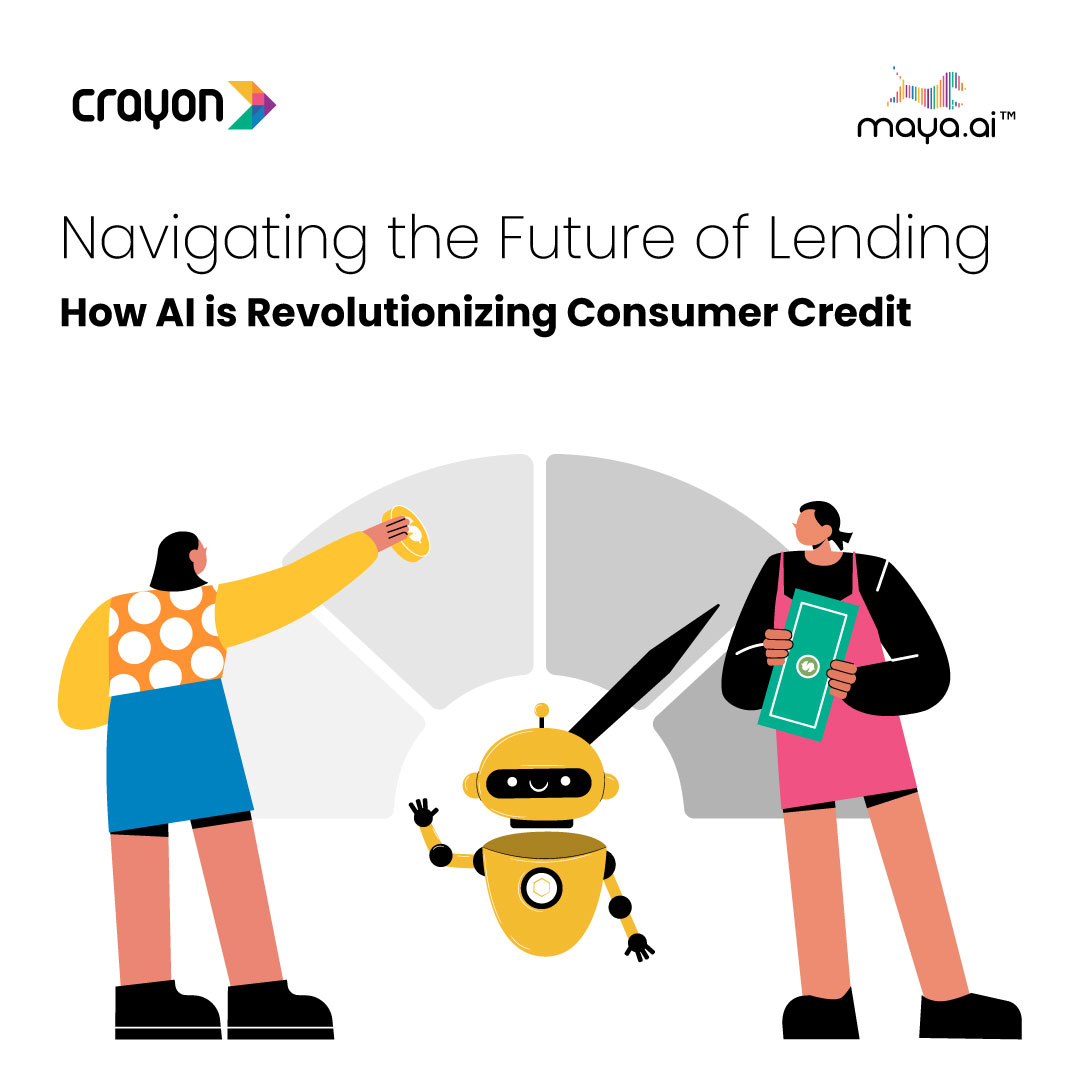
Fintech and payments trends to watch out for in 2024
December 14, 2023
Vector Quantized
December 14, 2023The Crayon Blog
AI Guardians of the Digital Wallet Galaxy
| Published December 14, 2023 |
Susanna Myrtle Lazarus
In a world where your coffee, groceries, and even your taxi rides can be paid for with a tap of your phone, digital wallets have become the sleek, convenient sidekicks to our daily lives. But as with any great innovation, there’s a shadow side: fraudsters are eager to exploit these new financial frontiers for illicit gains. In fact, in the past year, digital wallets saw the highest increase in fraud among all payment methods. In the USA alone, the average losses from fraud operations in financial institutions reached $3.8 million in 2023. That’s a 65% increase compared to 2022.
It’s like a virtual Wild West out there, with criminals using increasingly sophisticated tactics to sneak past traditional security measures. But here’s where things get interesting: artificial intelligence (AI) is emerging as the sharp-shooting sheriff, ready to protect digital wallets and keep your hard-earned cash safe.
How does AI do this? Think of it as a super-powered detective, constantly analyzing mountains of data to spot patterns and anomalies that signal fraud. Here are a few ways it’s keeping watch:
It’s like a virtual Wild West out there, with criminals using increasingly sophisticated tactics to sneak past traditional security measures. But here’s where things get interesting: artificial intelligence (AI) is emerging as the sharp-shooting sheriff, ready to protect digital wallets and keep your hard-earned cash safe.
How does AI do this? Think of it as a super-powered detective, constantly analyzing mountains of data to spot patterns and anomalies that signal fraud. Here are a few ways it’s keeping watch:
Learning your habits: AI doesn’t just see transactions, it sees you. It learns your typical spending patterns, locations, device usage, and even your typing patterns. So, if a sudden purchase from a foreign country pops up, AI flags it as suspicious.
Building a wall of defense: AI creates unique risk profiles for each user, tailoring security measures to match. It’s like having a personalized security guard for your digital wallet.
Spotting red flags in real-time: No more waiting for the monthly statement to discover fraud. AI monitors transactions as they happen, catching scams in their tracks and even blocking payments before they go through.
Building a wall of defense: AI creates unique risk profiles for each user, tailoring security measures to match. It’s like having a personalized security guard for your digital wallet.
Spotting red flags in real-time: No more waiting for the monthly statement to discover fraud. AI monitors transactions as they happen, catching scams in their tracks and even blocking payments before they go through.
AI employs a combination of behavioral analysis, anomaly detection, biometric authentication, natural language processing, and machine learning models to prevent various types of fraud in digital wallets, providing a multi-layered and dynamic approach to security.
1. Behavioral Analysis and Anomaly Detection
AI systems use machine learning algorithms to establish baseline behavior for each user and detect anomalies. Any deviation from the established norm, whether in login patterns, transaction amounts, or other activities, raises flags for further investigation.
– Account Takeover: AI systems analyze user behavior patterns, such as login times, locations, and device usage. Any deviation from the normal behavior can trigger alerts for potential account takeover attempts.
– Transaction Fraud: AI monitors transaction history, looking for unusual patterns or large transactions that deviate from the user’s typical spending behavior. Unusual transactions may trigger additional authentication steps or be flagged for manual review.
– Click Fraud: AI algorithms can detect abnormal clicking patterns, such as rapid or repetitive clicks, which may indicate fraudulent activities. This is particularly relevant in online advertising and can help prevent click fraud.
– Identity Fraud: By analyzing various data points, including user behavior, device information, and transaction history, AI can identify potential instances of identity fraud, where someone tries to impersonate the legitimate account owner.
– Transaction Fraud: AI monitors transaction history, looking for unusual patterns or large transactions that deviate from the user’s typical spending behavior. Unusual transactions may trigger additional authentication steps or be flagged for manual review.
– Click Fraud: AI algorithms can detect abnormal clicking patterns, such as rapid or repetitive clicks, which may indicate fraudulent activities. This is particularly relevant in online advertising and can help prevent click fraud.
– Identity Fraud: By analyzing various data points, including user behavior, device information, and transaction history, AI can identify potential instances of identity fraud, where someone tries to impersonate the legitimate account owner.
2. Biometric Authentication and Device Fingerprinting
To enhance security, many digital wallets use biometric authentication methods such as fingerprint recognition or facial recognition. AI algorithms play a role in processing and verifying biometric data, adding an extra layer of security. AI can also create unique fingerprints for each device accessing the digital wallet. This helps in recognizing when a new or unrecognized device attempts to access an account, triggering additional verification steps.
3. Natural Language Processing (NLP)
In customer support and communication channels, AI-driven NLP can identify phishing attempts or fraudulent messages by analyzing the language used. This helps in preventing social engineering attacks that might lead to account compromise.
4. Collaborative Intelligence
AI systems can benefit from collaborative intelligence, where data from multiple sources and financial institutions are shared (while respecting privacy and security regulations). This shared information helps in building more robust models for fraud detection.
The bottom line: AI is a game-changer in the fight against digital wallet fraud. It’s learning, adapting, and evolving faster than the criminals, working tirelessly to keep your money where it belongs — in your digital wallet.
The bottom line: AI is a game-changer in the fight against digital wallet fraud. It’s learning, adapting, and evolving faster than the criminals, working tirelessly to keep your money where it belongs — in your digital wallet.
Recent Blogs
Subscribe to the Crayon Blog. Get the latest posts in your inbox!





